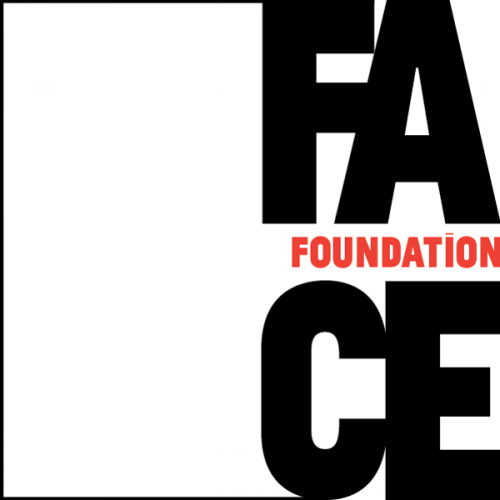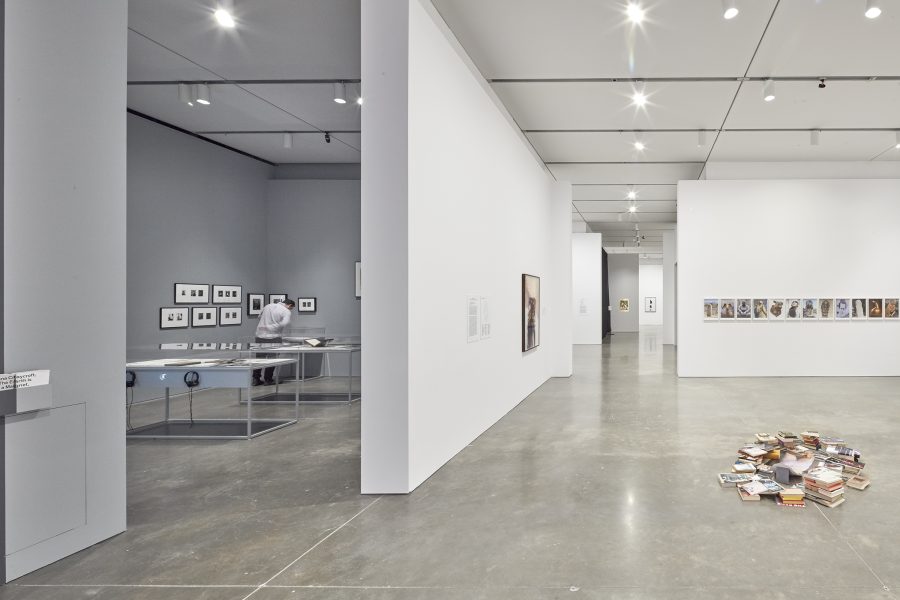
Installation view,
View full creditsAdvance tickets are recommended and are available for visits through July.

Installation view,
View full credits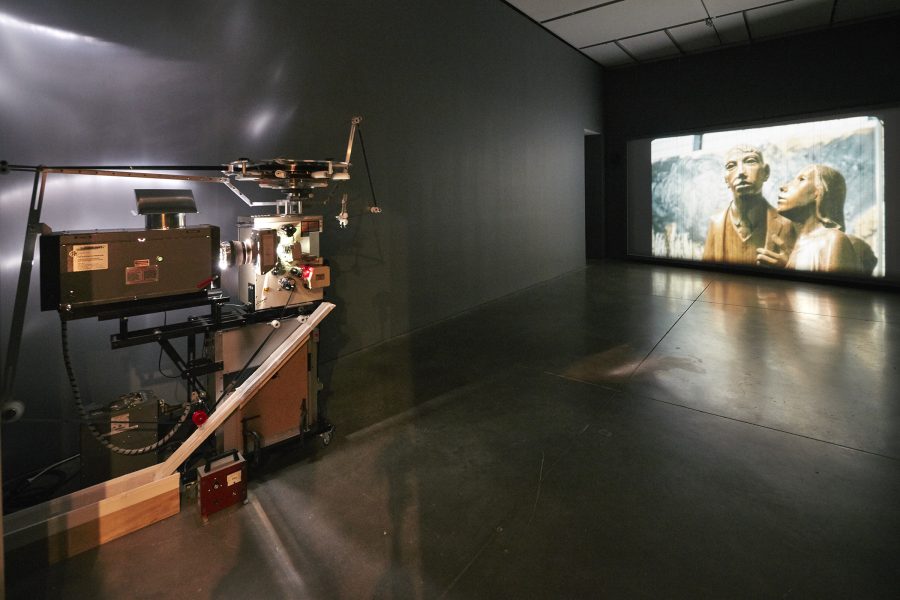
Rosa Barba,
View full credits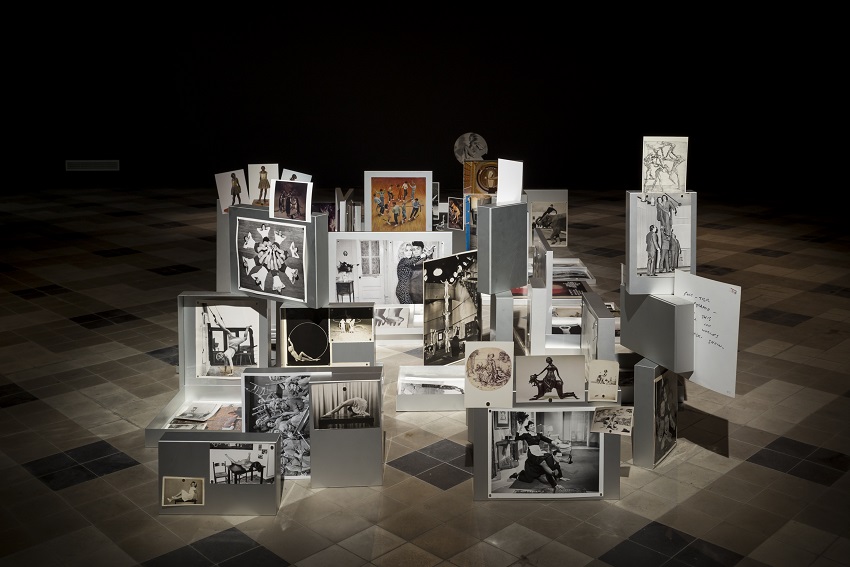
Pierre Leguillon,
View full credits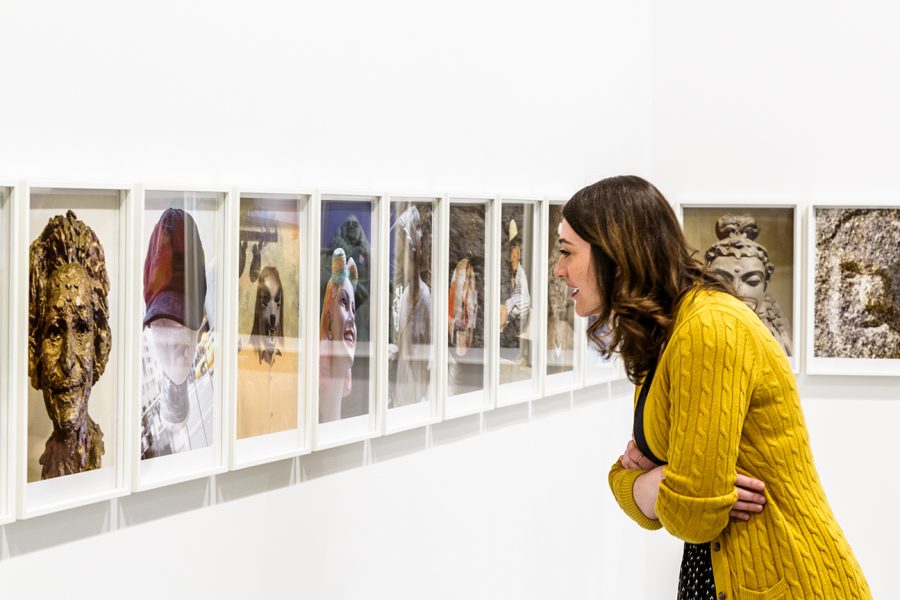
Rachel Harrison,
View full credits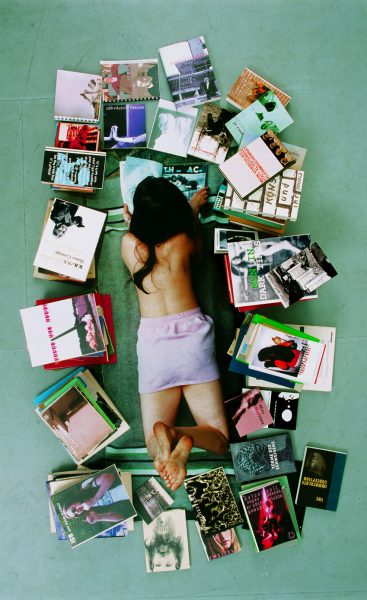
Rosemarie Trockel,
View full credits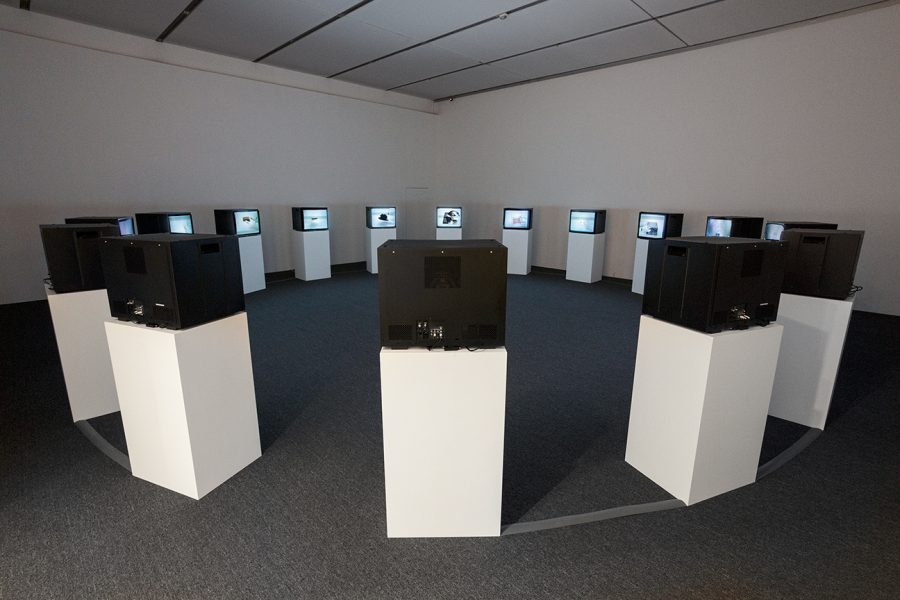
Christian Marclay,
View full credits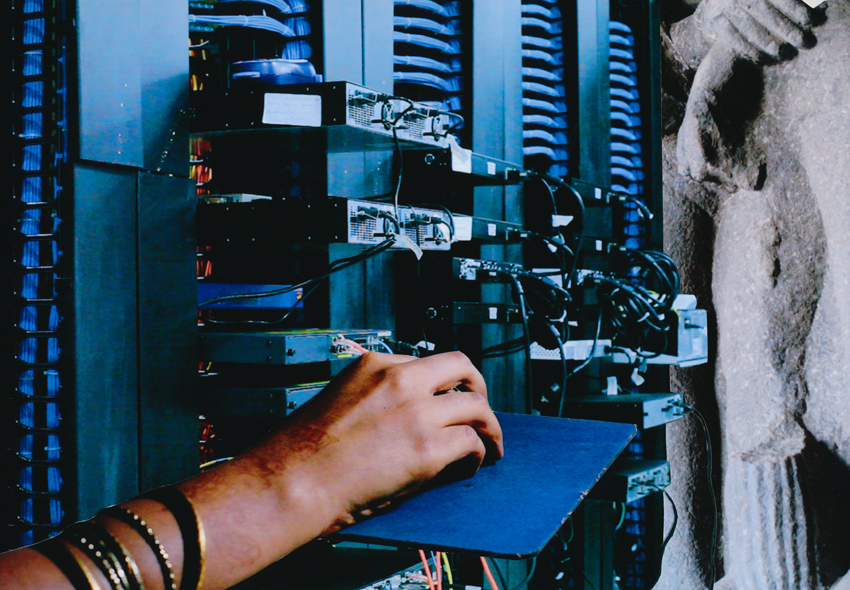
Lucy Raven,
View full credits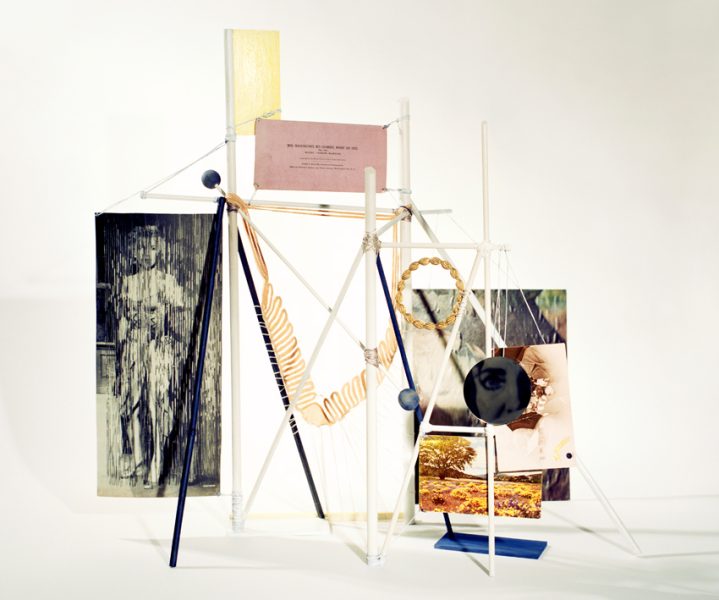
Sara VanDerBeek,
View full credits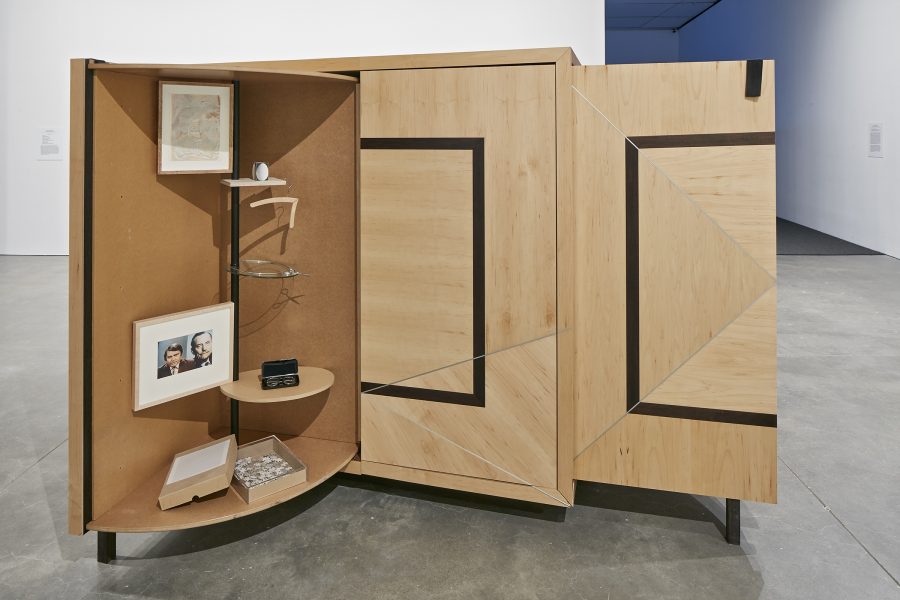
Installation view,
View full credits
Installation view,
View full credits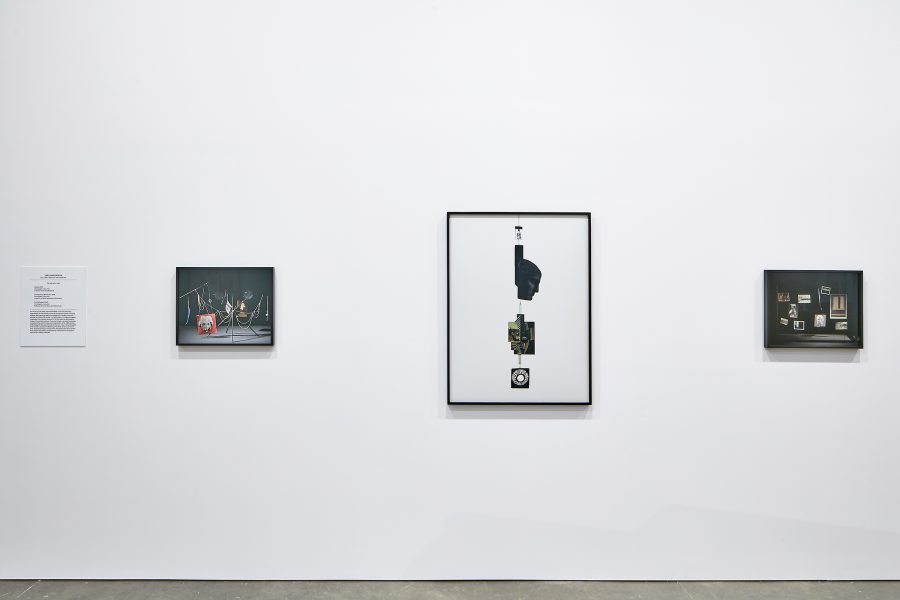
Installation view,
View full credits
Installation view,
View full credits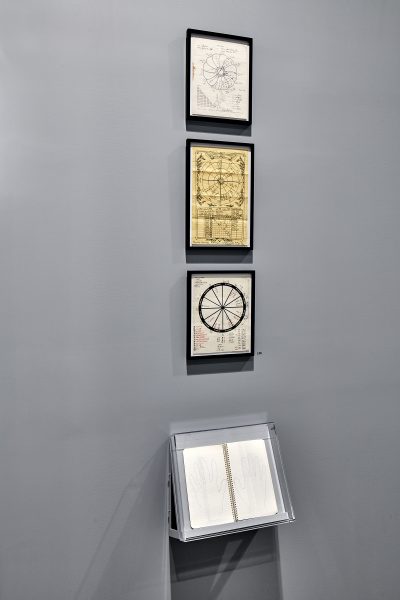
Anna Craycroft,
View full credits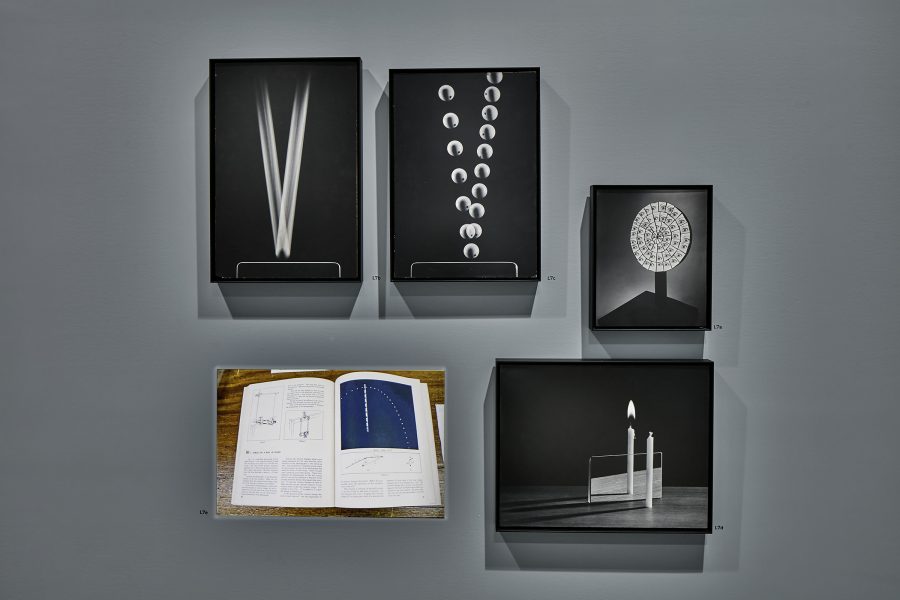
Anna Craycroft,
View full credits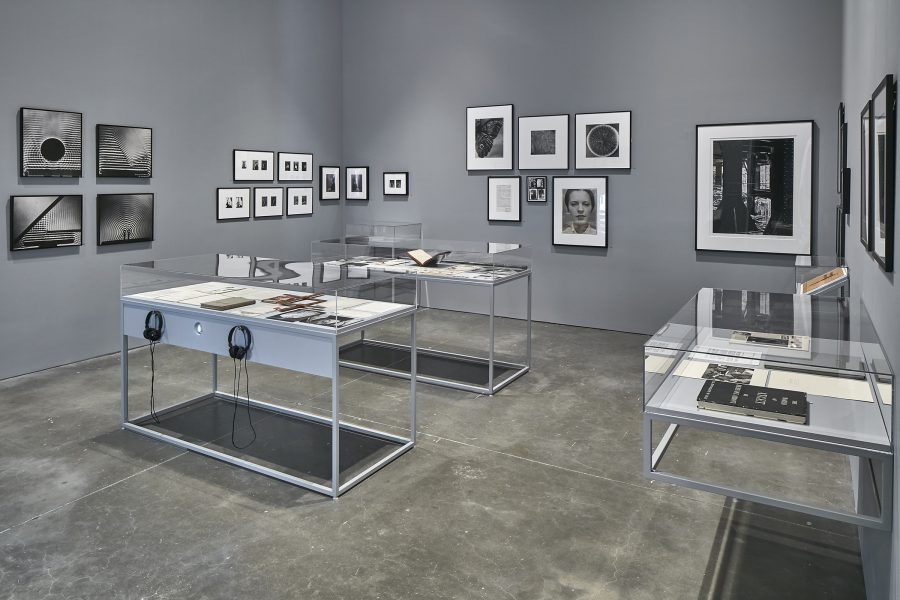
Anna Craycroft,
View full credits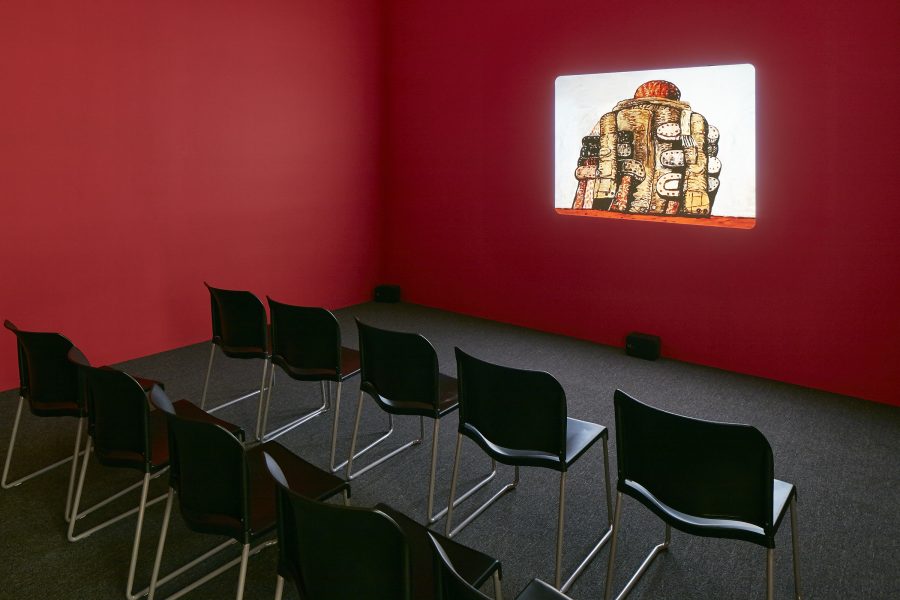
Installation view,
View full credits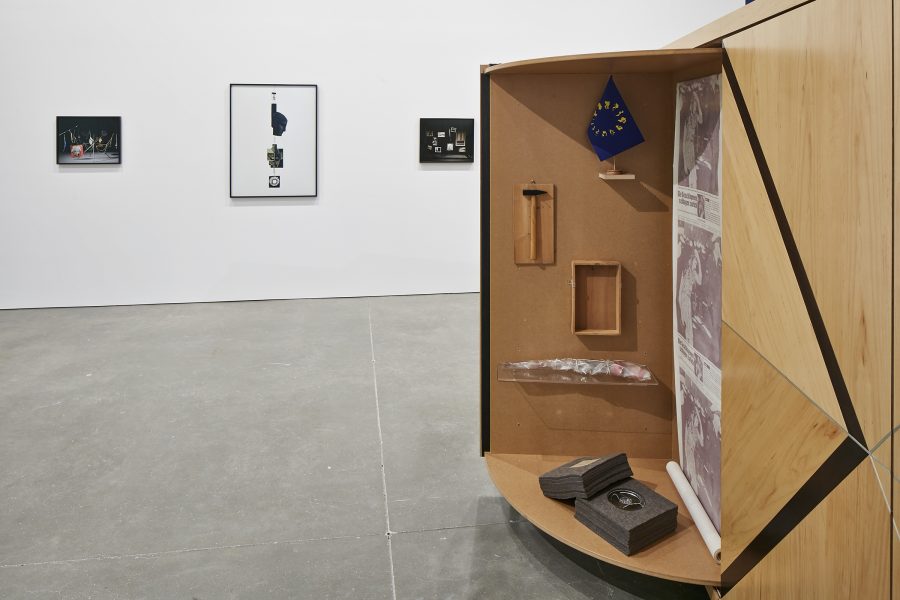
Installation view,
View full credits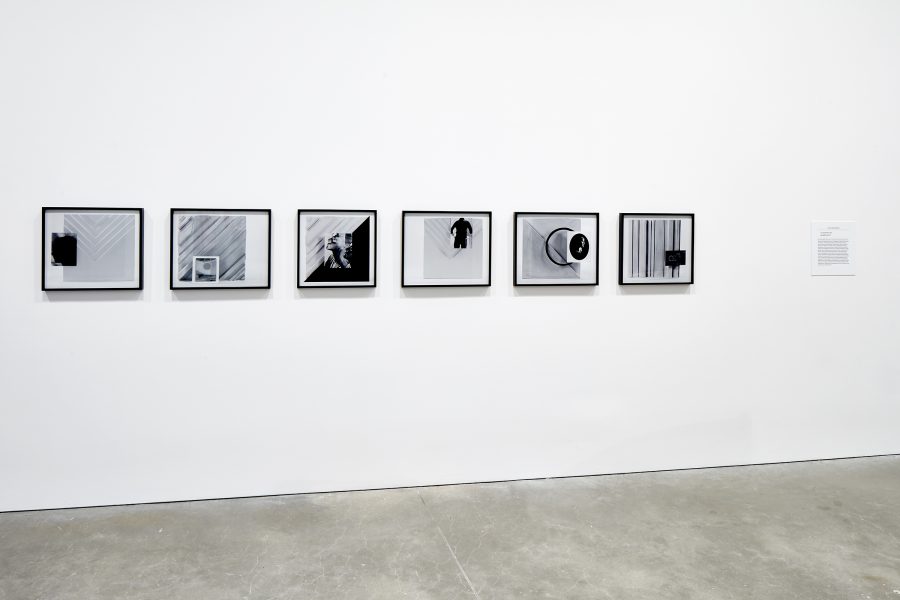
Installation view,
View full credits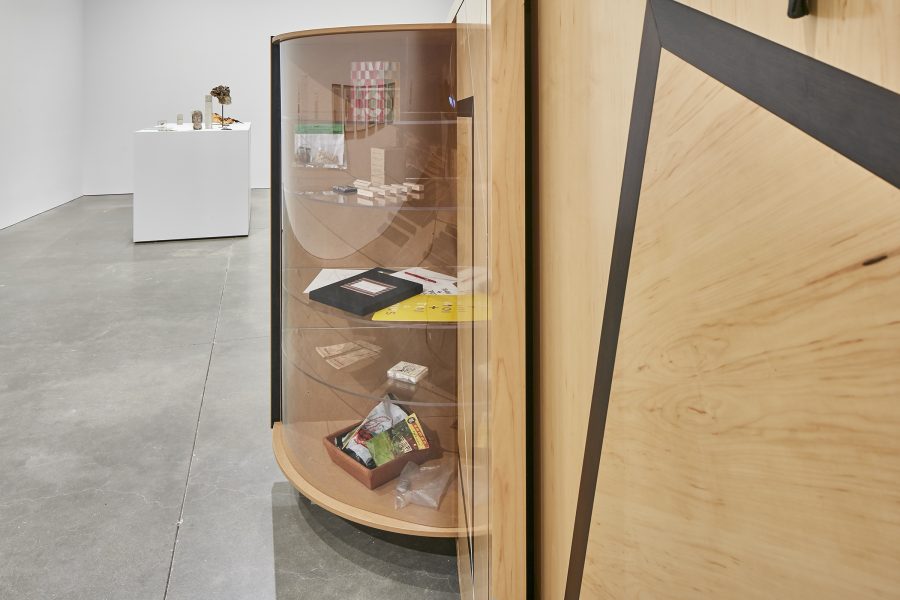
Installation view,
View full credits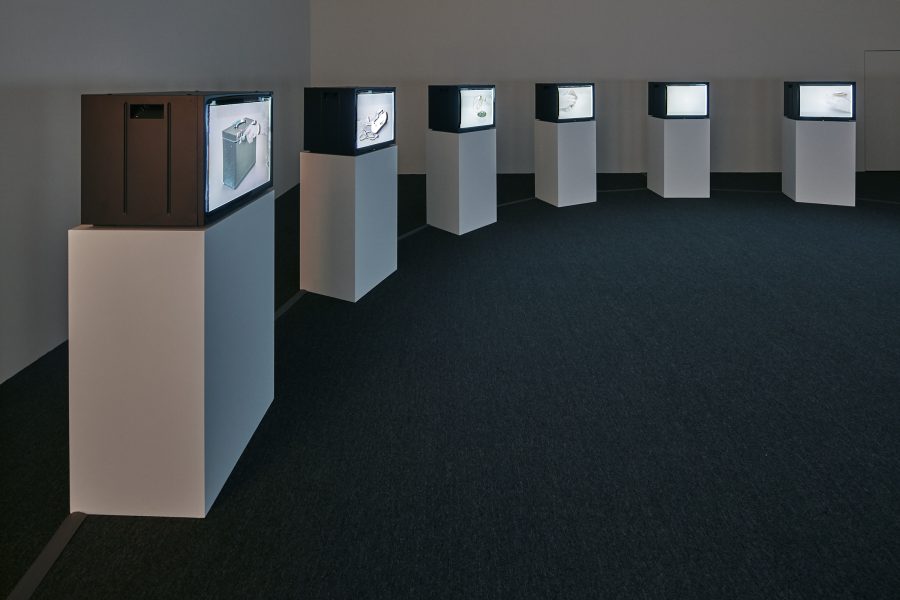
Installation view,
View full credits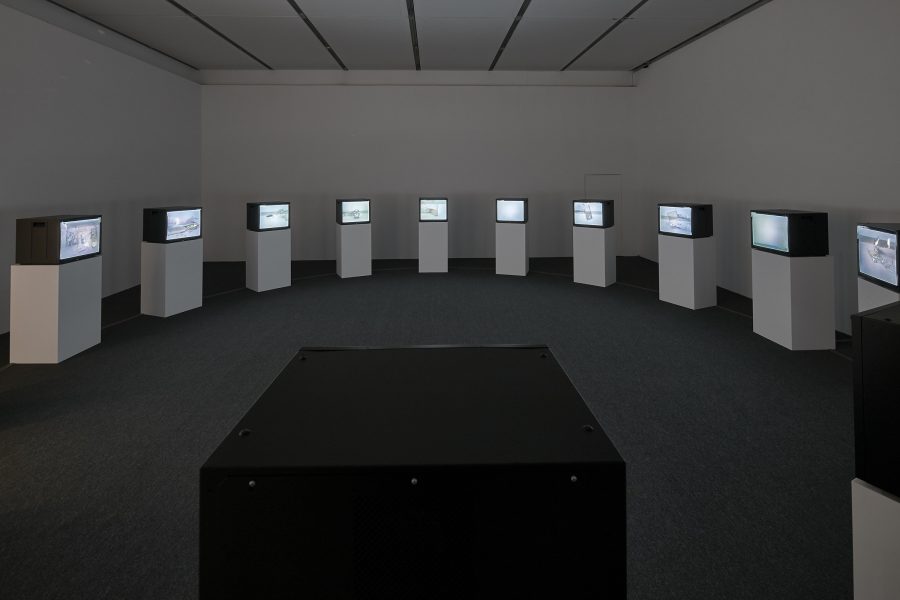
Installation view,
View full credits
Installation view,
View full credits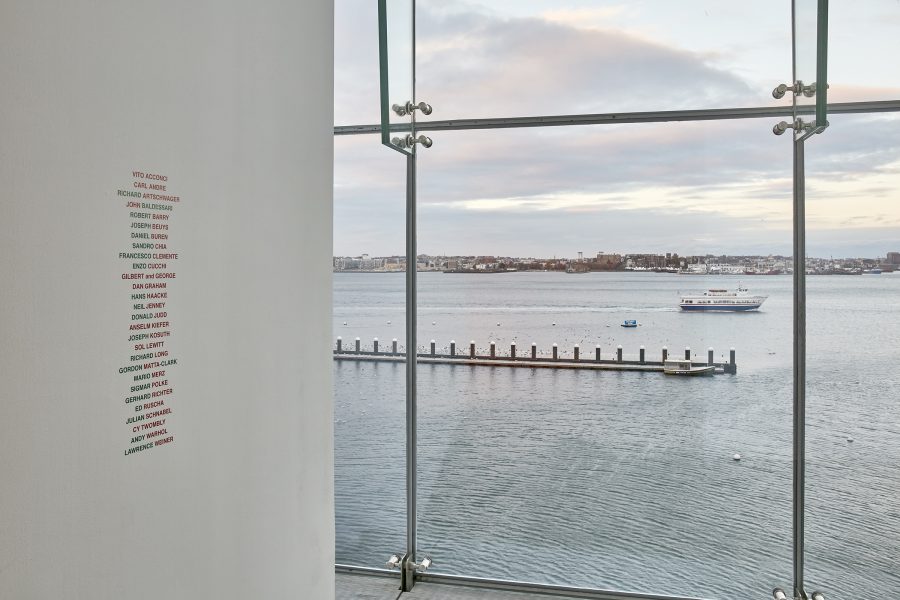
Installation view,
View full credits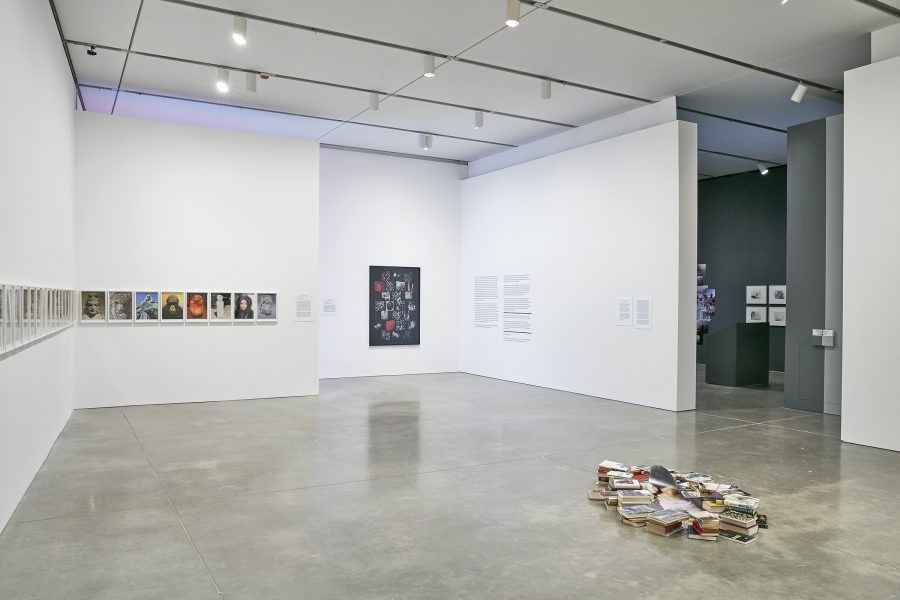
Installation view,
View full credits
Installation view,
View full credits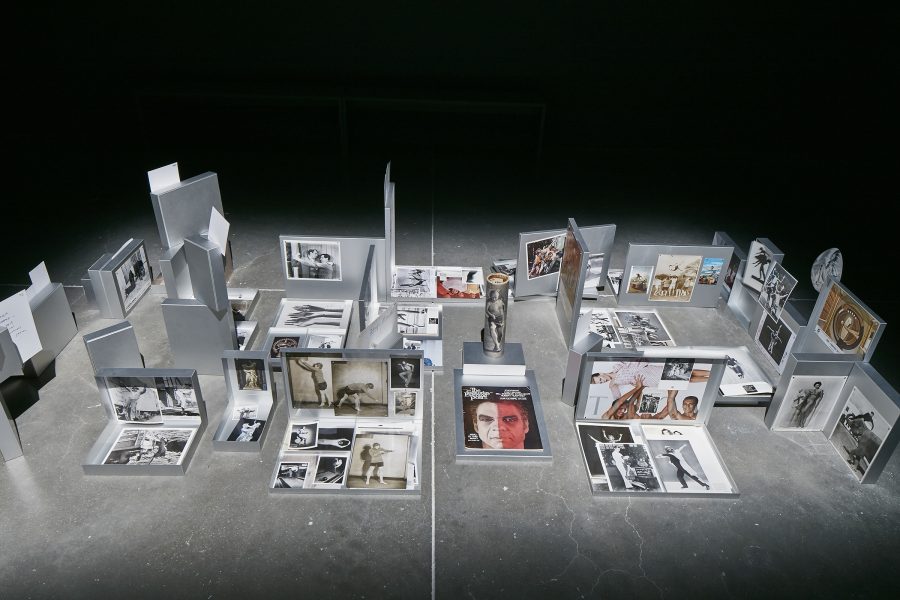
Installation view,
View full credits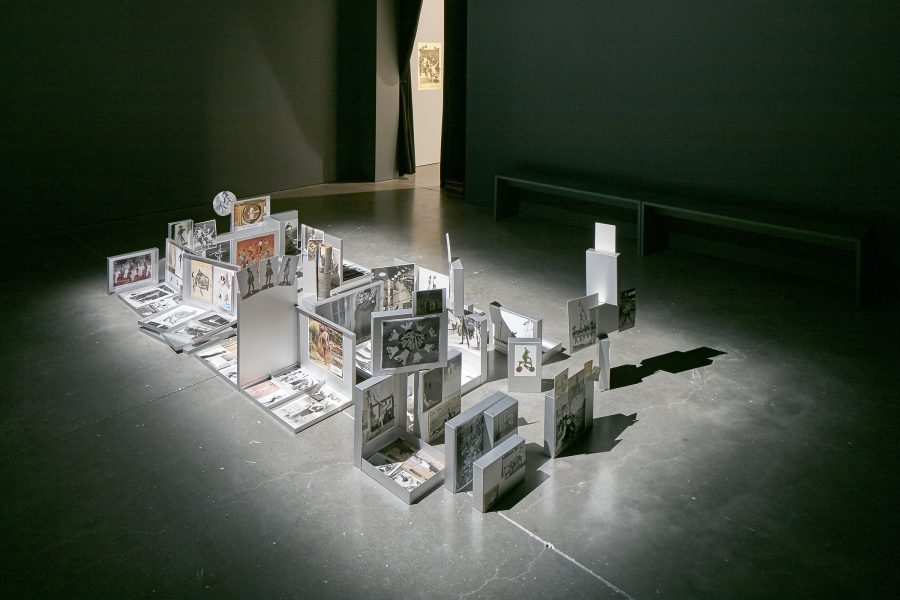
Installation view,
View full credits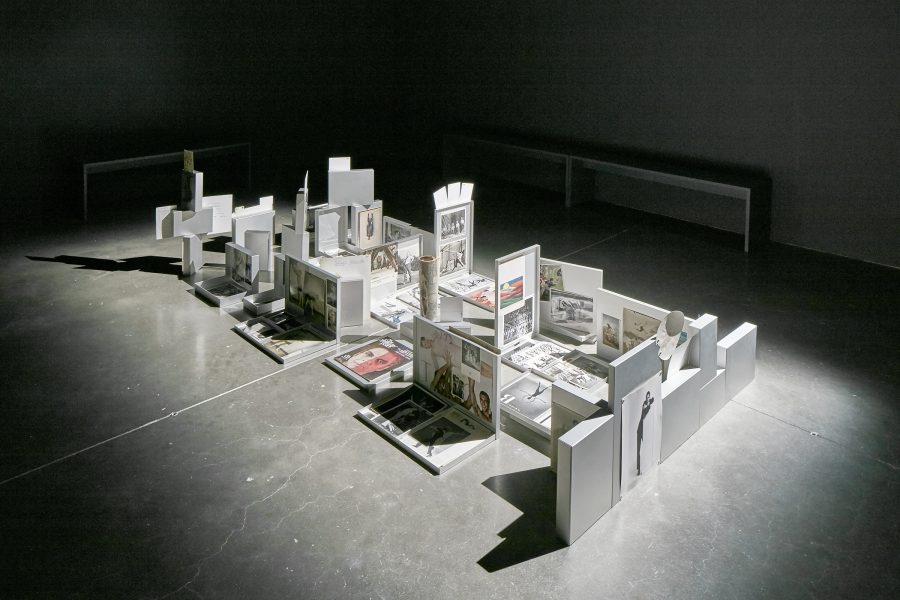
Installation view,
View full credits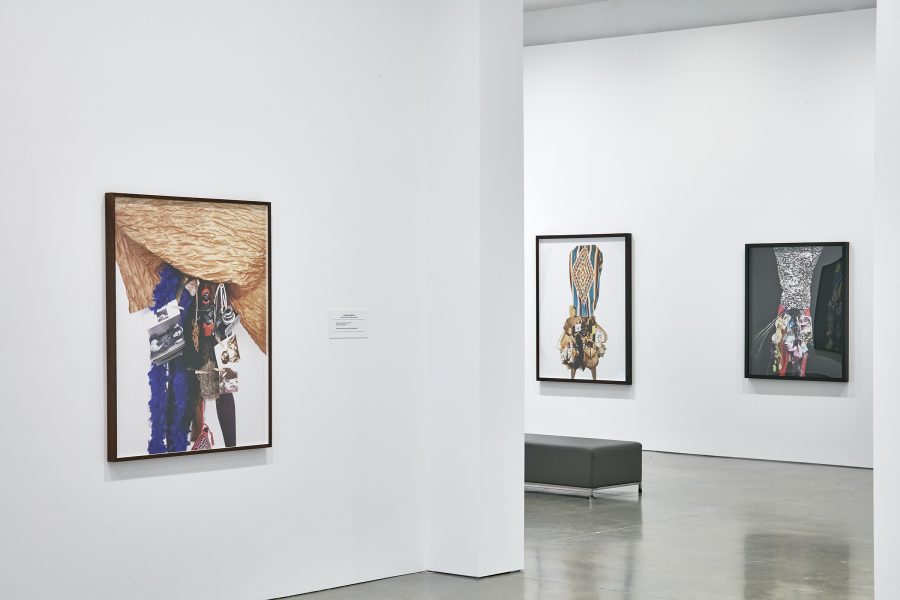
Installation view,
View full credits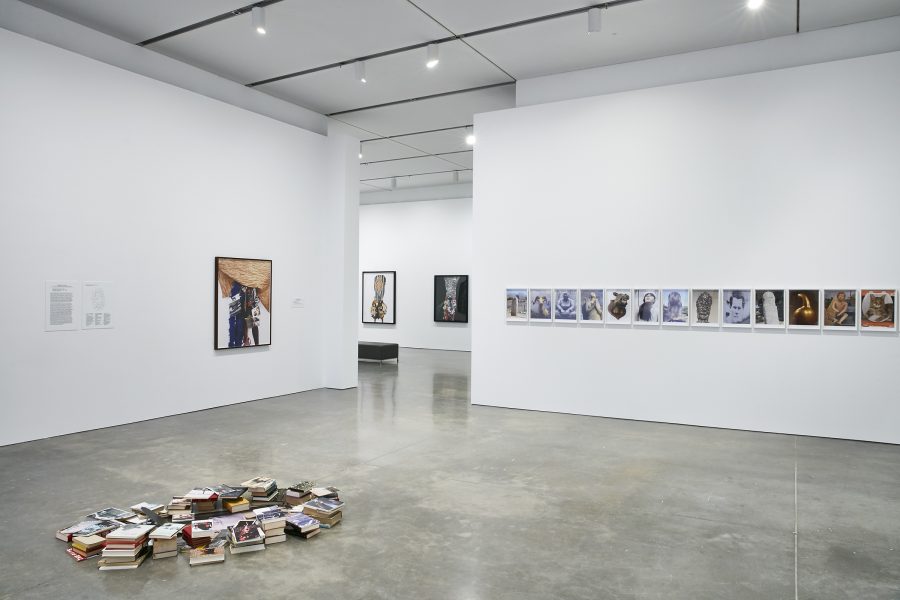
Installation view,
View full credits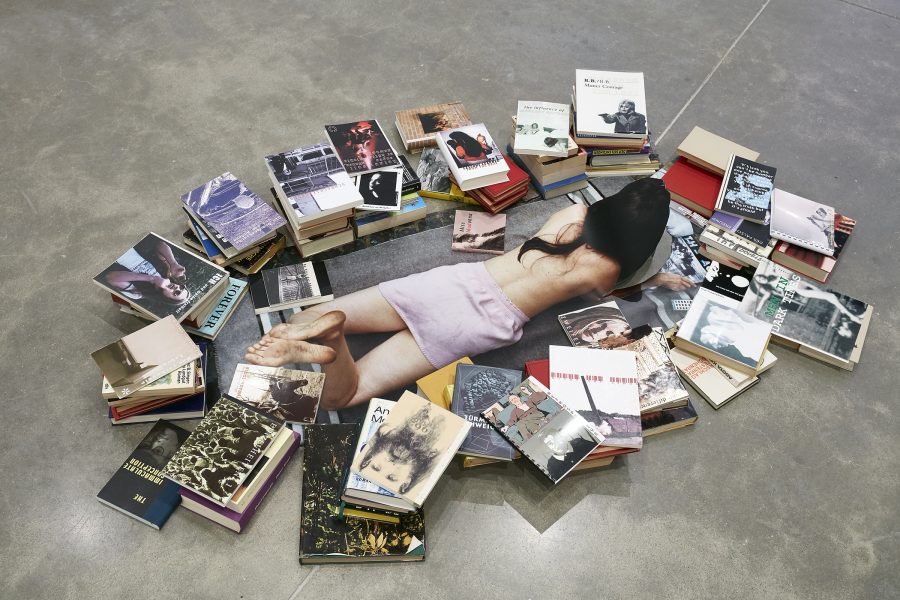
Installation view,
View full credits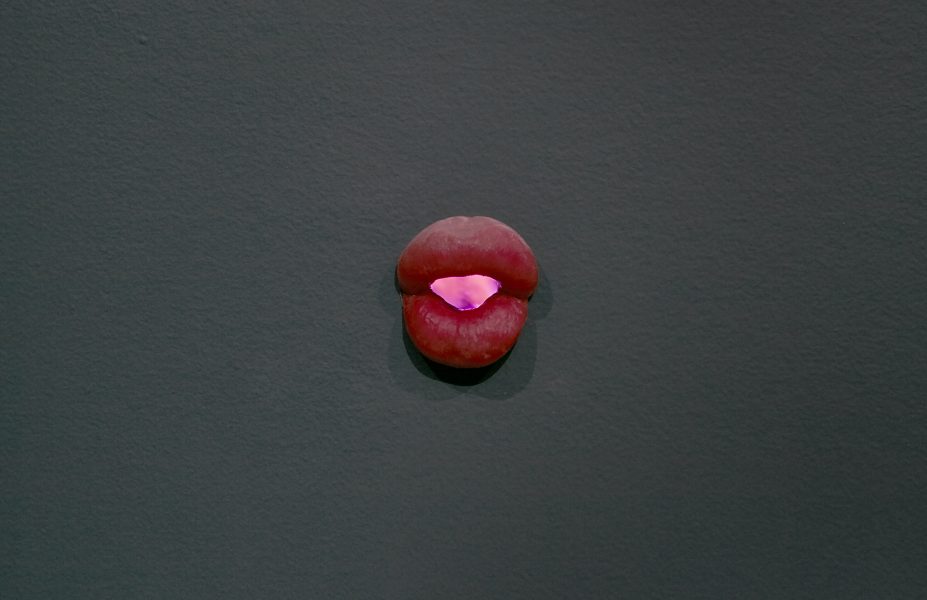
Anna Craycroft,
View full credits
Anna Craycroft,
View full credits
Installation view,
View full credits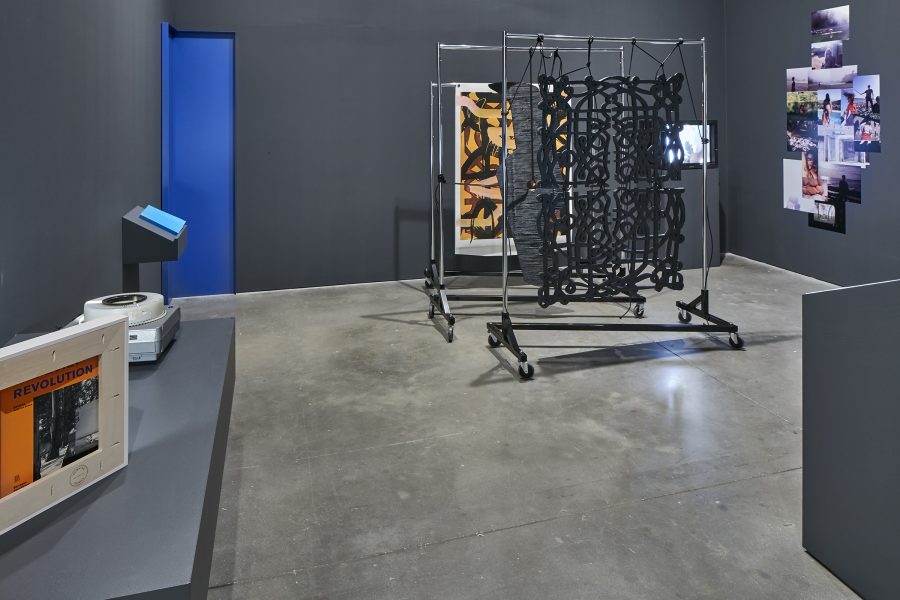
Anna Craycroft,
View full credits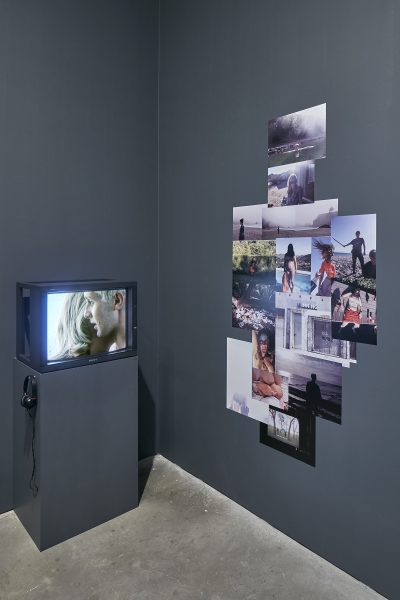
Anna Craycroft,
View full credits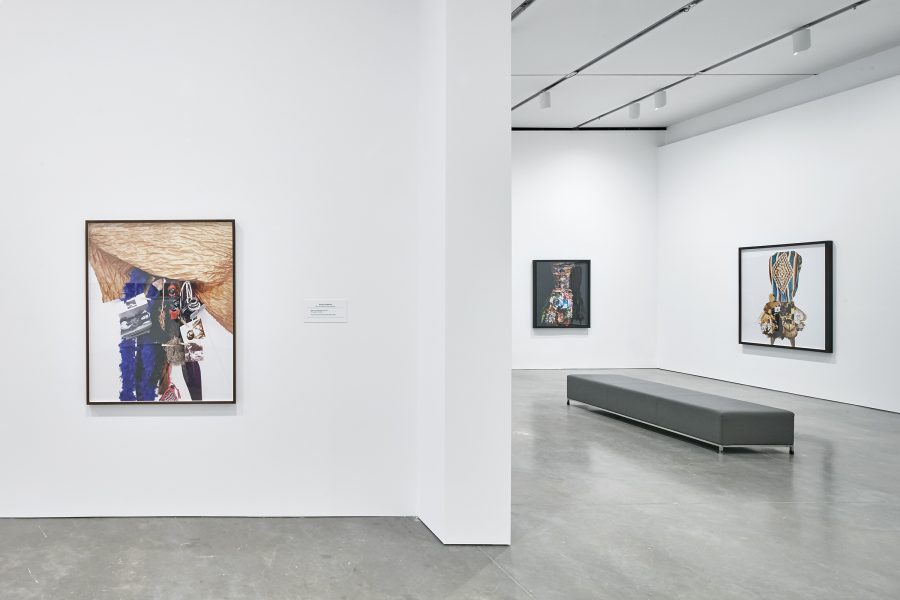
Installation view,
View full credits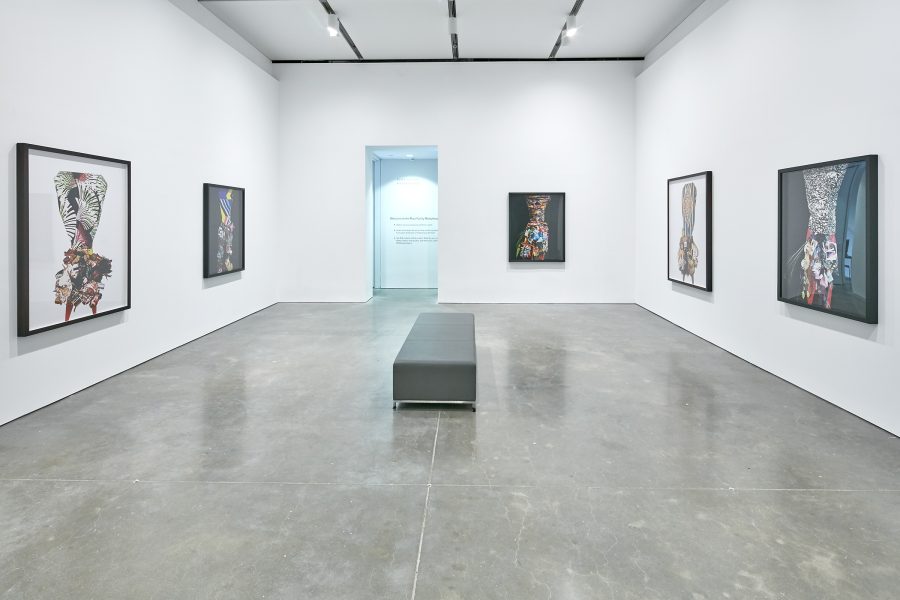
Installation view,
View full credits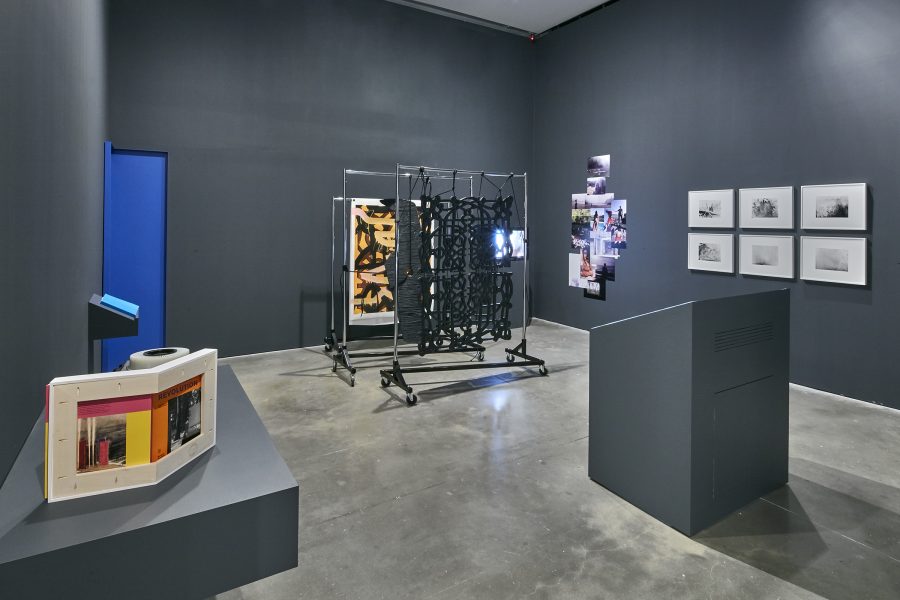
Anna Craycroft,
View full credits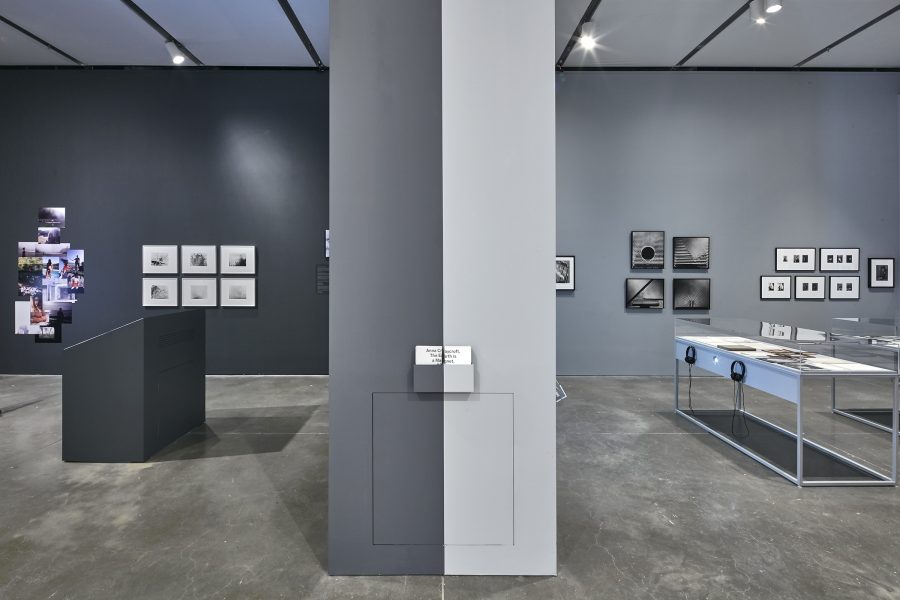
Anna Craycroft,
View full credits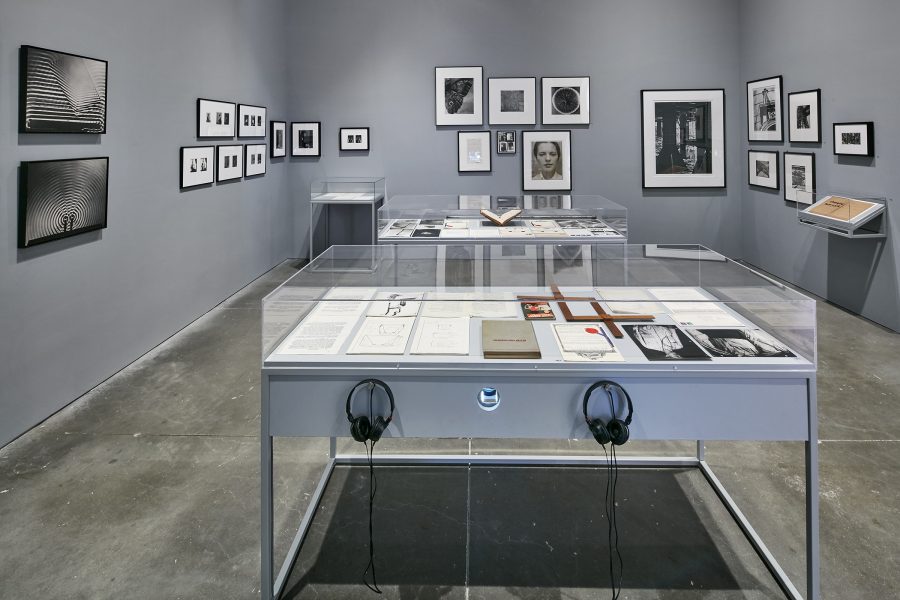
Anna Craycroft,
View full credits
Anna Craycroft,
View full credits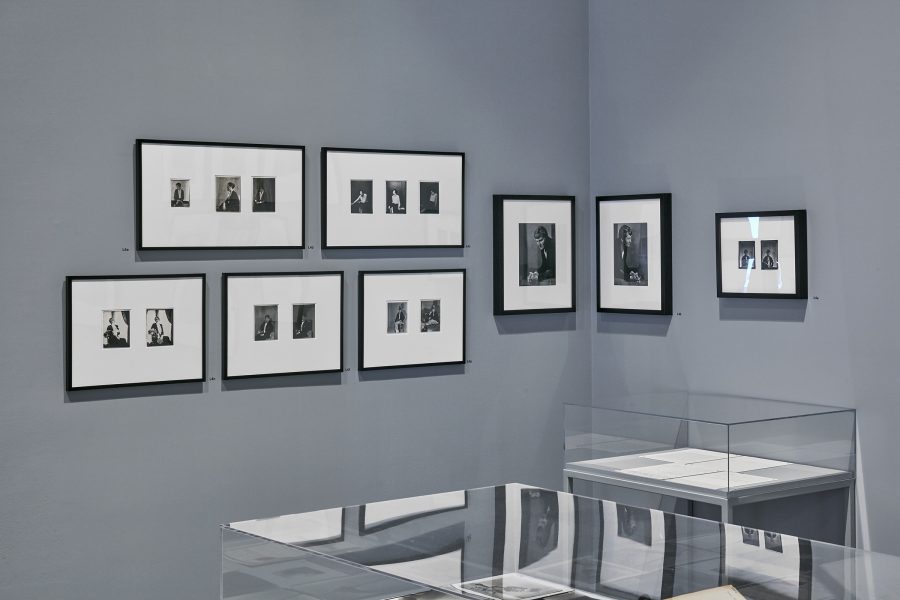
Anna Craycroft,
View full credits
Installation view,
View full credits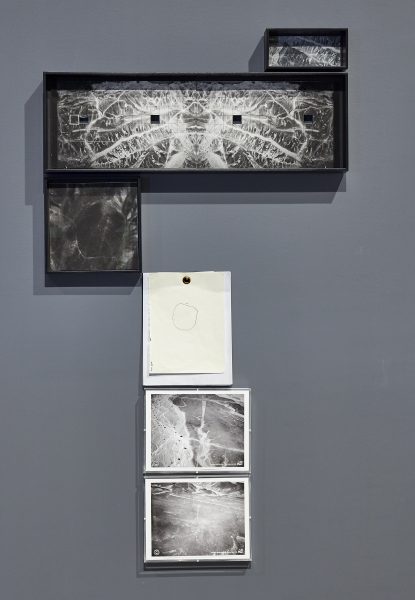
Anna Craycroft,
View full credits
Anna Craycroft,
View full credits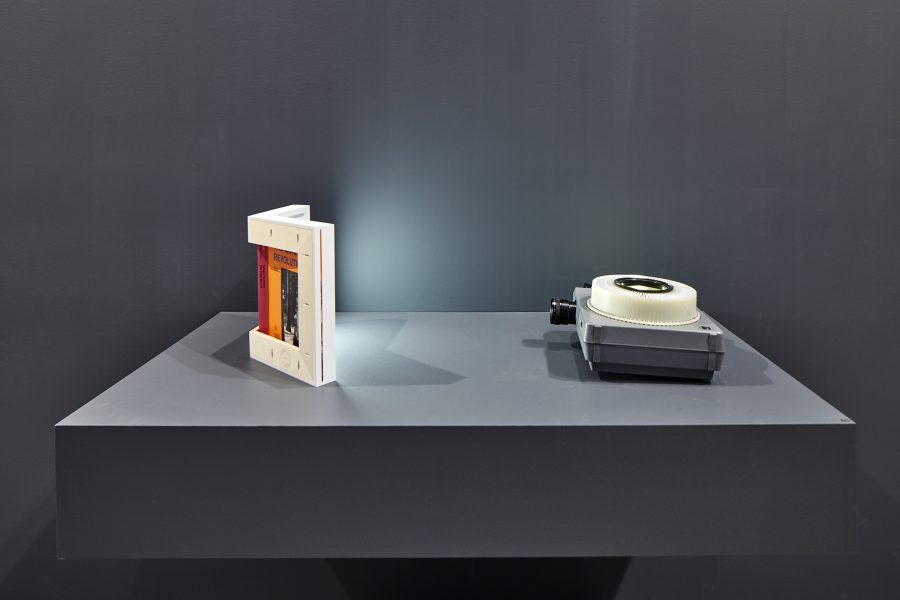
Anna Craycroft,
View full credits
Anna Craycroft,
View full credits
Anna Craycroft,
View full credits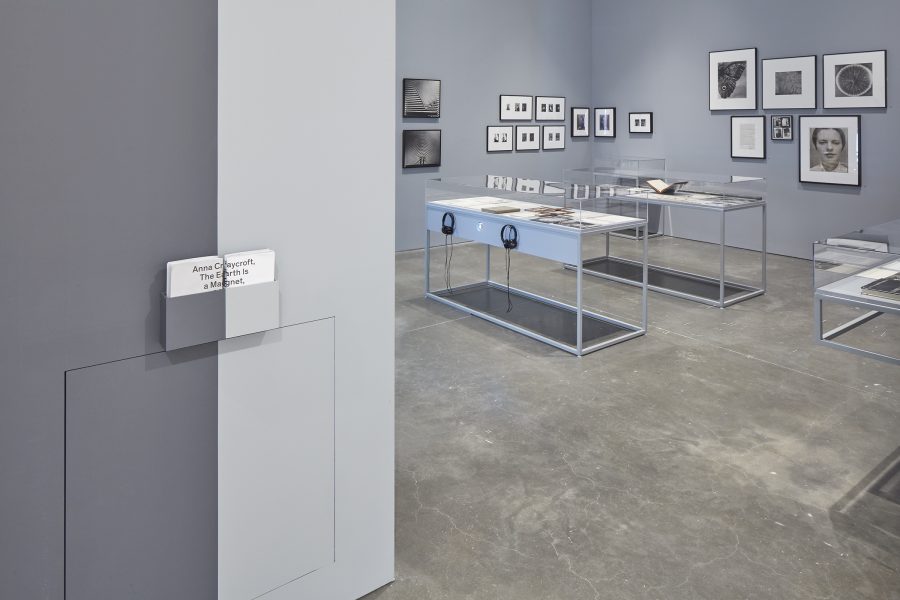
Anna Craycroft,
View full credits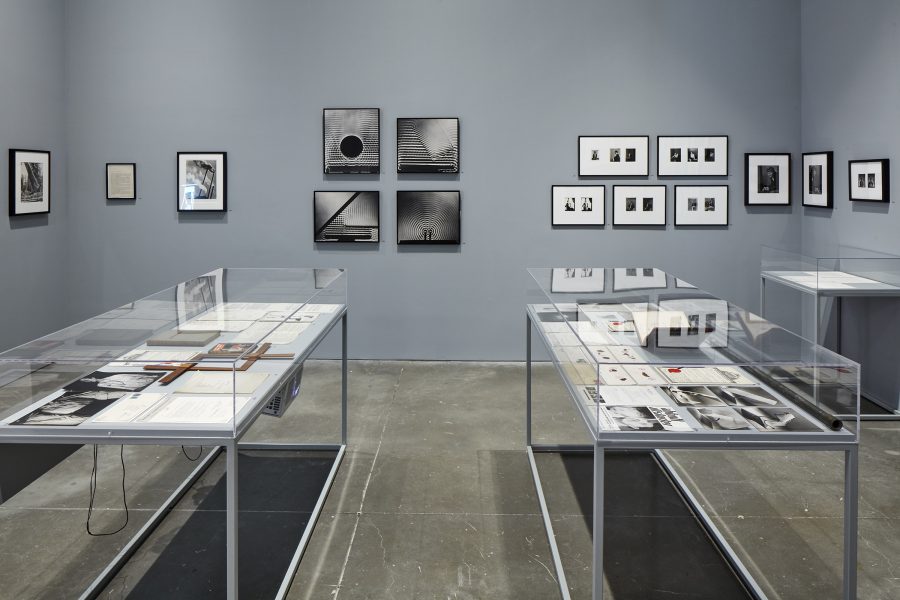
Anna Craycroft,
View full credits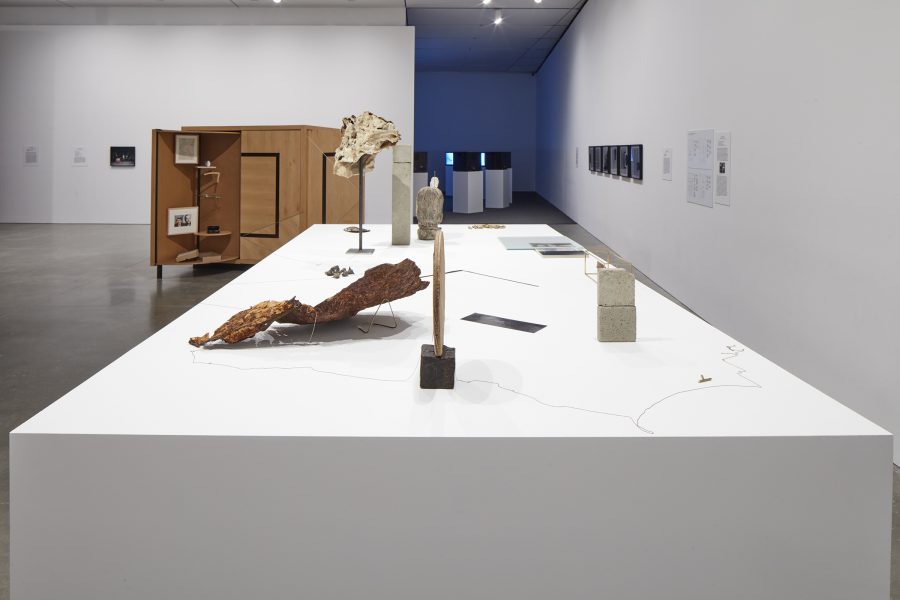
Installation view,
View full credits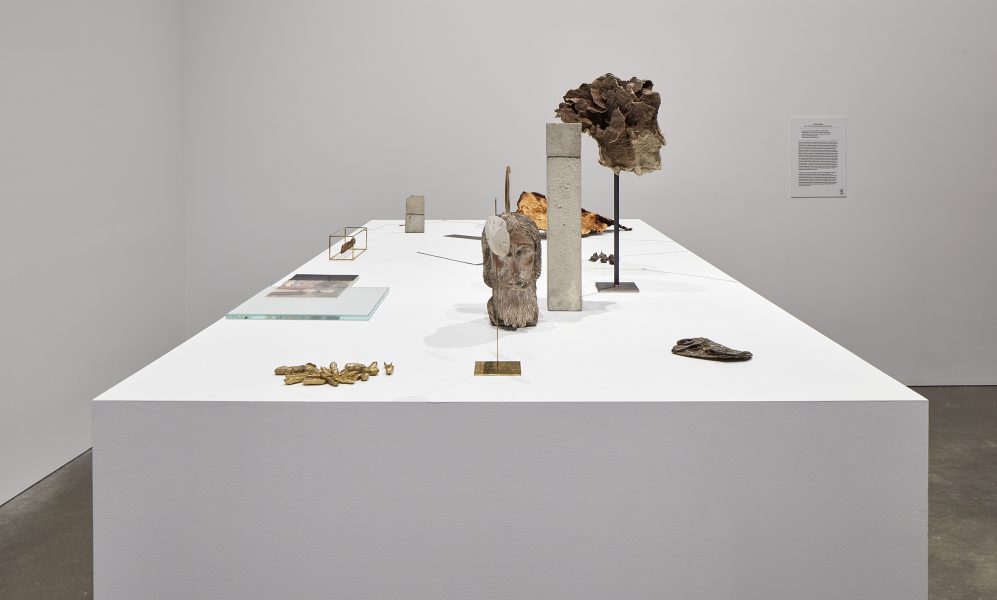
Installation view,
View full credits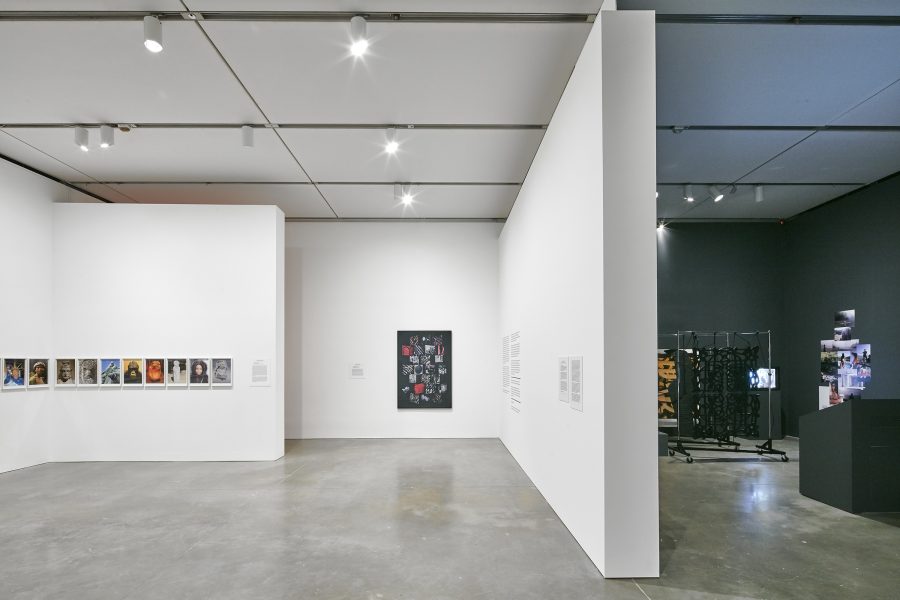
Installation view,
View full credits
Installation view,
View full credits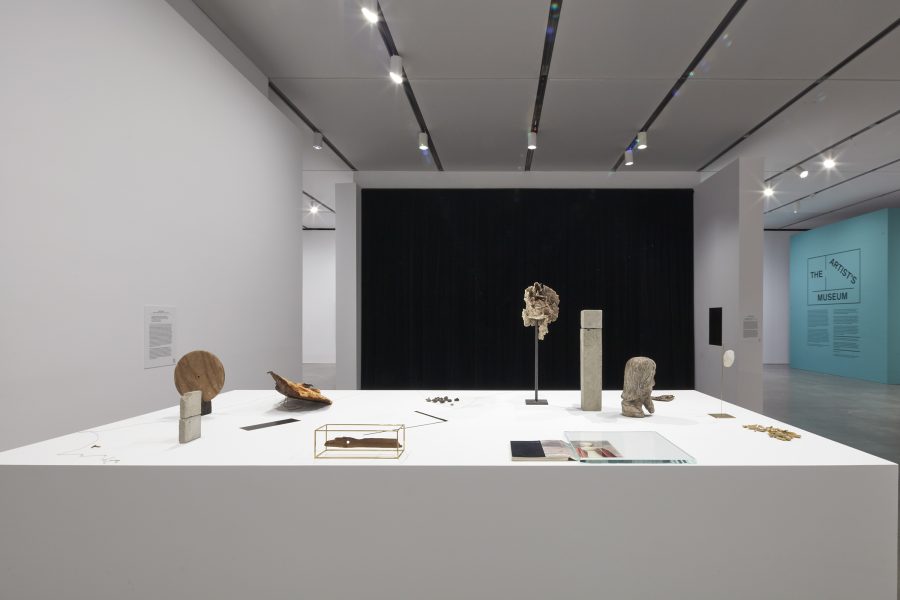
Installation view,
View full credits
Installation view,
View full credits
Rosa Barba,
View full credits
Pierre Leguillon,
View full credits
Rachel Harrison,
View full creditsHow do artists work with other artists’ work?
#TheArtistsMuseum
The desire to collect objects and images of personal significance, and to make connections between them, is a nearly universal human experience. For centuries, artists have collected artworks, along with diverse cultural artifacts and natural materials, as vital sources of inspiration and to create highly individualized models of their world. The Artist’s Museum begins with this impulse to collect and connect, bringing together large-scale installations, photography, film, and videos that employ artworks from the past as material in the present, animating existing artworks, images, and histories to reveal art’s unexpected relationships and affinities. Each of the artists in The Artist’s Museum reimagines the lives of artworks and charts recurring forms and themes across cultures and history. They tweak the language of museum display and organization to engage a variety of disciplines and subjects, from dance, music, and design to gender, sexuality, and technology.
Artist’s Museum feels alive. Within these works, images, memories, and dreams ping-pong and pulse, and those currents of imagination can then spark another secret life: the viewer’s.
—Boston Globe
Works in the exhibition include The Earth Is a Magnet, 2016, a major new commission by Anna Craycroft that brings the photography, biography, and inventions of Berenice Abbott, famed for both her street photography and rigorously scientific images made at MIT, together with video, sculpture, and photography by a group of Craycroft’s peers, including Fia Backström, Katherine Hubbard, Matt Keegan, Jill Magid, MPA, Lucy Raven, Mika Rottenberg, A. L. Steiner, and Erika Vogt. Rosa Barba’s lush 35mm film The Hidden Conference: About the Discontinuous History of Things We See and Don’t See, 2010, imagines a narrative in which paintings and sculptures in storage at Berlin’s Neue Nationalgalerie serve as protagonists. Christian Marclay’s sixteen-monitor video installation Shake Rattle and Roll (Fluxmix), 2004, features the artist literally playing the Walker Art Center’s Fluxus collection. Carol Bove’s sculptural meditation on the latent energies of display, La traversée difficile (The difficult crossing), 2008, marshals René Magritte and Gerald Heard as inspirations for a mini-encyclopedic museum. Rachel Harrison’s photographic series Voyage of the Beagle, 2007, surveys human and animal forms across sculptural manifestations ranging from taxidermy to mannequins, signs, and public art. Mark Leckey’s uncanny moving-image work Cinema-in-the-Round, 2008, develops unexpected connections between artworks, media technology, and popular culture across time and space, both real and virtual. Pierre Leguillon accompanies a collection of artworks and photographs of dancers with a lightshow and soundtrack by Amy Winehouse in La grande evasion (The great escape), 2012.
The Artist’s Museum locates these diverse works within a cultural moment and artistic impulse bookended by the historical cabinet of curiosities and 20th century image libraries, and our current era of the hyperlink and circulation of digital images. Each artwork reconfigures established narratives, asking each of us to find our place amongst newly imagined worlds.
The Artist’s Museum features works by Rosa Barba, Carol Bove, Anna Craycroft, Rachel Harrison, Louise Lawler, Mark Leckey, Pierre Leguillon, Goshka Macuga, Christian Marclay, Xaviera Simmons, Rosemarie Trockel, and Sara VanDerBeek.
The Artist’s Museum is organized by Dan Byers, Mannion Family Senior Curator, with Jeffrey De Blois, Curatorial Associate. A fully illustrated catalogue features texts by Byers, Claire Bishop, Lynne Cooke, and Ingrid Schaffner, as well as a historical compendium of influential 20th-century artworks and exhibitions that provide important precedent to the works in the exhibition.
Major support is provided by Barbara Horwich Lloyd, The Andrew W. Mellon Foundation, and The Andy Warhol Foundation for the Visual Arts.
Additional support is generously provided by Steve Corkin and Dan Maddalena, Tristin and Martin Mannion, Ellen Poss, Charlotte and Herbert S. Wagner III, Anonymous, FACE Foundation/ Etant Donnés Contemporary Art, and the Cultural Services of the French Embassy in the United States.
